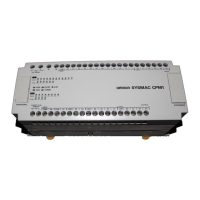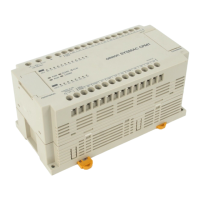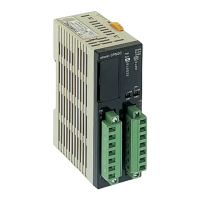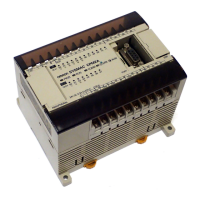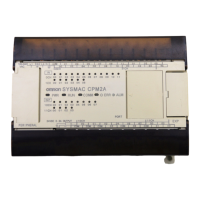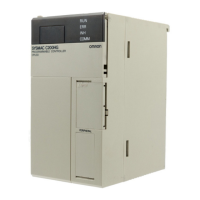2
1-1 CPM1A Features and Functions
1-1-1 CPM1A Features
One-piece Construction The CPM1A CPU Units feature a one-piece construction including 10, 20, 30, or
40 built-in I/O terminals. The following three model groups are available: relay
output models, sinking transistor output models, and sourcing transistor output
models.
CPU Units with 10 I/O Points
CPM1A-10CD--V1 CPM1A-10CD-
CPU Units with 20 I/O Points
CPM1A-20CD--V1 CPM1A-20CD-
CPU Units with 30 I/O Points
CPM1A-30CD--V1 CPM1A-30CD-
CPU Units with 40 I/O Points
CPM1A-40CD--V1 CPM1A-40CD-
Extra I/O Capacity Up to three Expansion I/O Units can be connected to a CPM1A-30CD-(-V1)
or CPM1A-40CD-(-V1) CPU Unit to add an extra 8 or 20 I/O points for each,
for a maximum of up to 100 I/O points.
Input Filter Function The CPM1A is equipped with a filter function to prevent incorrect operation
caused by chatter or noise in the input signal. The user can select an input time
constant of 1 ms, 2 ms, 4 ms, 8 ms, 16 ms, 32 ms, 64 ms, or 128 ms.
Low-maintenance Design Flash memory provides memory backup without a battery.
Input Interrupts The CPM1A-10CD-(-V1) CPU Units can handle 2 interrupt inputs; the
CPM1A-20CD-(-V1), CPM1A-30CD-(-V1), and CPM1A-40CD-
(-V1) CPU Units can handle 4 interrupt inputs. In addition to normal input inter-
rupts, the CPM1A has a counter mode that counts high-speed input signals and
triggers interrupts at fixed count multiples.
Quick-response Inputs Quick-response inputs can detect input signals with a pulse width as short as
0.2 ms regardless of their timing during the PC cycle. Quick-response inputs
and interrupt inputs use the same input terminals.
CPM1A Features and Functions Section 1-1

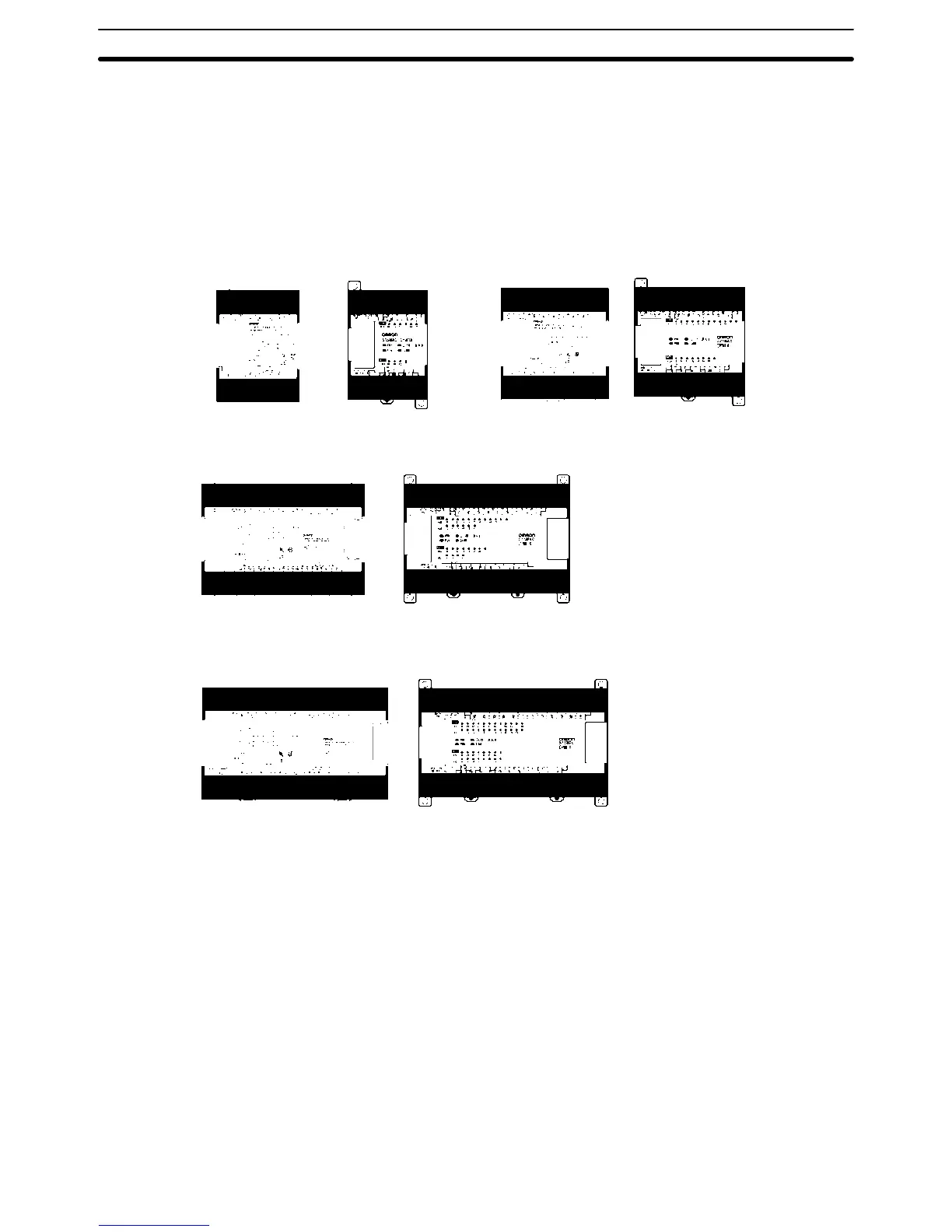